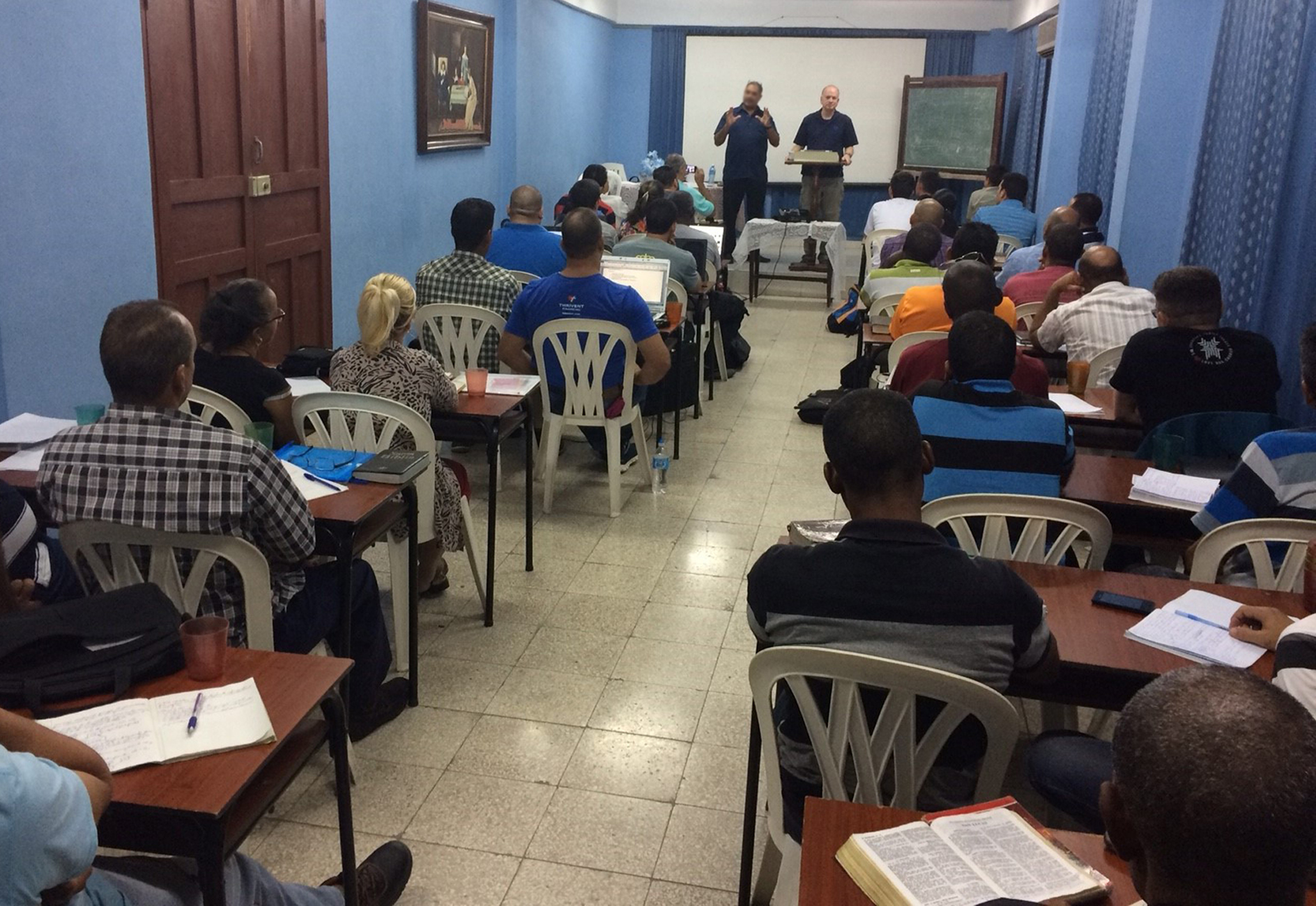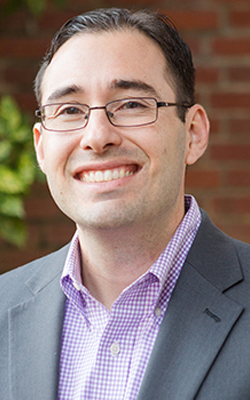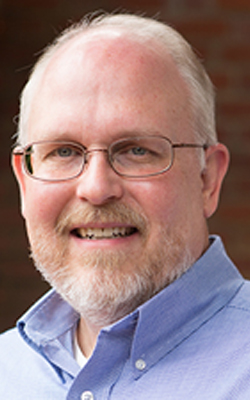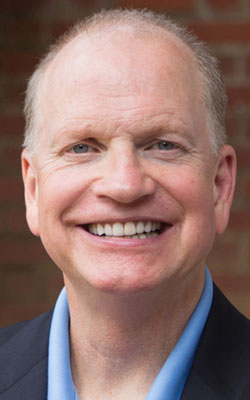
WAKE FOREST, N.C. (BP) — The Cuban church planting movement has been on the move for nearly 30 years as house churches have grown in number and people have come to Christ by the thousands.
 Southeastern Baptist Theological Seminary in joining what God is doing through the Eastern Baptist Convention and its Eastern Baptist Theological Seminary in Santiago through theological training to equip leaders for ministry.
Southeastern Baptist Theological Seminary in joining what God is doing through the Eastern Baptist Convention and its Eastern Baptist Theological Seminary in Santiago through theological training to equip leaders for ministry.
Southeastern’s involvement comes at a “very unique period in Cuba’s history,” said Miguel Echevarria, director of Hispanic Leadership Development at Southeastern, an arm of the seminary’s Global Theological Initiatives (GTI).
Southeastern is training 40 professors, convention leaders and lay missionaries (church planters) toward earning master of theological studies (MTS) degrees. In this 48-hour program, students have the opportunity to write and publish a thesis with the goal of having their work available at Southeastern’s campus library.
“We’re training trainers. That’s the whole idea,” said John Ewart, associate vice president of GTI and ministry centers at SEBTS.
SEBTS President Danny Akin, Ewart and Echevarria traveled to Cuba last November. Akin and Ewart welcomed new students to the MTS program and Echevarria taught a course on the Gospels. They also spent time at First and Fourth Baptist Churches in Santiago. In-person training is scheduled a couple times a year while the remainder of the teaching is online. Most of the students currently are teaching at the Cuban seminary, its two extension centers and 34 lay missionary training centers, where many lay missionaries are trained for two years.
 Southeastern is the only school currently working with the Eastern Baptist Theological Seminary, which has 995 students in its bachelor’s and graduate programs as well as its extension centers. The institution offers numerous programs, including a master’s in counseling, bachelor’s degrees and a lay missionary course.
Southeastern is the only school currently working with the Eastern Baptist Theological Seminary, which has 995 students in its bachelor’s and graduate programs as well as its extension centers. The institution offers numerous programs, including a master’s in counseling, bachelor’s degrees and a lay missionary course.
Pastors’ wives also can receive special training through the Janet Hunt Pastors’ Wives Course. Janet Hunt, wife of pastor Johnny Hunt of First Baptist Church in Woodstock, Ga., provides a scholarship fund for Cuban women to be trained and equipped for their continued ministry. Charlotte Akin, Wendy Urbanek, Susie Hawkins and Kathy Litton also are among those involved in the training.
Church planting blossoms
Even though Cuba was introduced to Christianity in the late 1800s, it was not until the 1990s that the church planting movement occurred.
 While there were and are other evangelicals in Cuba, Baptists were divided into two groups geographically — the Eastern Baptist Convention under American Baptists and the Western Baptist Convention under Southern Baptists by 1898 comity agreements made in a meeting in Washington D.C. From 1886-1989, the Western Baptist Convention worked with the Southern Baptist Convention’s Home Mission Board (now North American Mission Board); in 1989, and the Home Mission Board passed the responsibility to the SBC Foreign Mission Board (now International Mission Board). More recently, Southeastern partnered with the Eastern Baptist Convention in 2017, but the two have had an ongoing relationship since 2011.
While there were and are other evangelicals in Cuba, Baptists were divided into two groups geographically — the Eastern Baptist Convention under American Baptists and the Western Baptist Convention under Southern Baptists by 1898 comity agreements made in a meeting in Washington D.C. From 1886-1989, the Western Baptist Convention worked with the Southern Baptist Convention’s Home Mission Board (now North American Mission Board); in 1989, and the Home Mission Board passed the responsibility to the SBC Foreign Mission Board (now International Mission Board). More recently, Southeastern partnered with the Eastern Baptist Convention in 2017, but the two have had an ongoing relationship since 2011.
Kurt Urbanek, author of “Cuba’s Great Awakening: Church Planting Movement in Cuba,” wrote that Cuban church leaders during the ’90s did not initially realize a church planting movement was taking place, only that Bible study attendance had increased. In 1990, the Eastern Baptist Convention had no house churches but had 132 established churches with a total of 7,254 members. In 2016 those numbers had grown to 622 local churches and 4,830 house churches, and in 2017 the total number of churches, missions and house churches had grown to more than 6,208 (648 churches, 777 missions and 4,783 house churches).
In 2017 alone, the growth among believers was explosive as Eastern Cuban Baptists recorded 43,072 professions of faith. The total number of professions of faith since 1990 was 519,911 within the Eastern convention largely as a result of special evangelistic events. These conversions did not include the further increased number of people coming to faith through house churches, local churches and missions.
 “There’s a movement of God going on in Cuba right now. People are coming to faith in droves; churches are being planted in droves,” Echevarria said, comparing it to the Great Awakenings America saw during the 18th and 19th centuries.
“There’s a movement of God going on in Cuba right now. People are coming to faith in droves; churches are being planted in droves,” Echevarria said, comparing it to the Great Awakenings America saw during the 18th and 19th centuries.
“I am impressed with their theology. It’s a reproduction that I want to see happen,” Ewart noted. “If I could take some of the theology that these guys have and put it in some of the other partnerships we have around the world, it would be a strengthening effect.”
Ultimately, the goal of the SEBTS partnership in Cuba is to train up reproducible leaders who can continue to advance the movement of the Gospel in recent decades.
“We hope to have an influence in the classroom [so that] they would then take what they are being taught and then teach it to others,” Echevarria said.
















